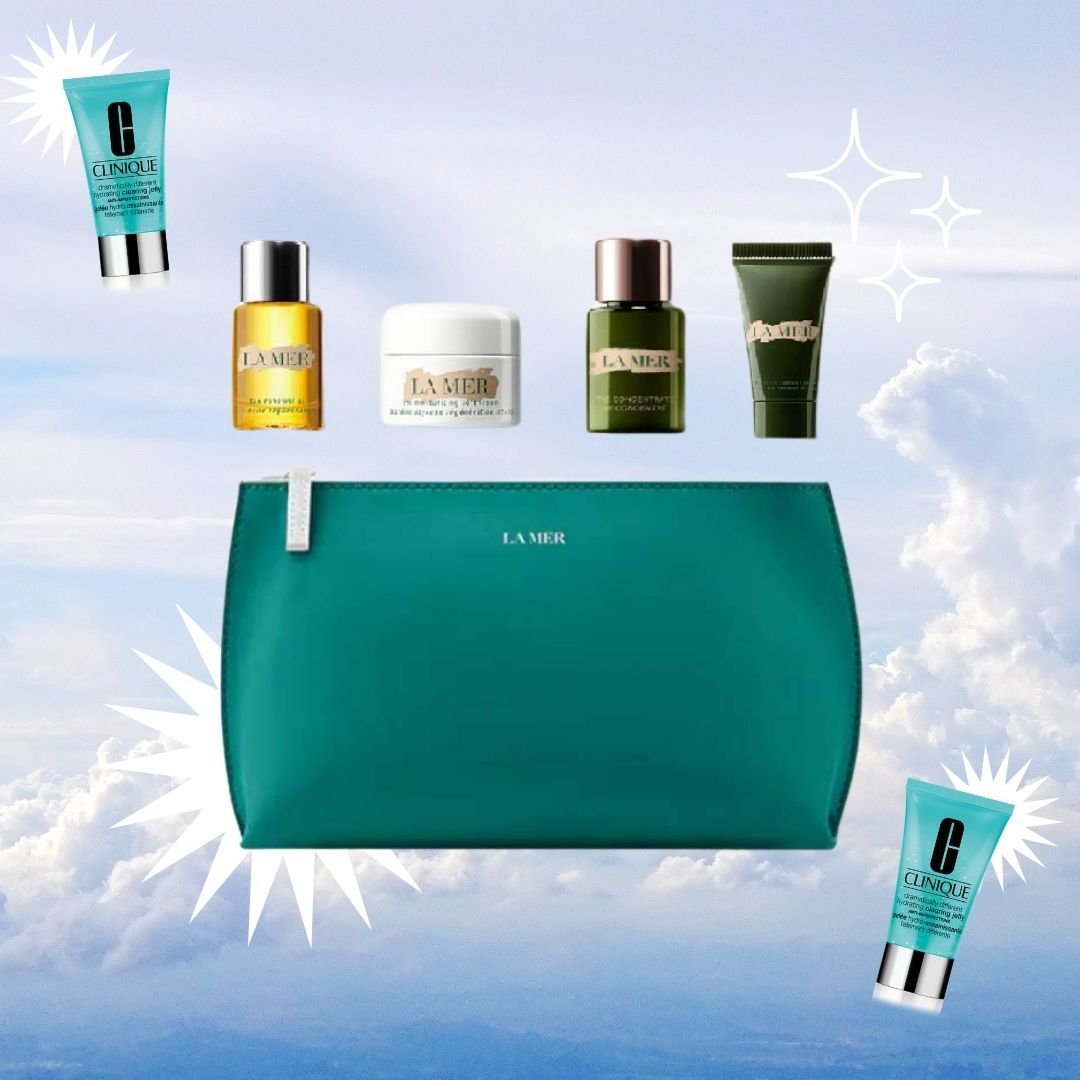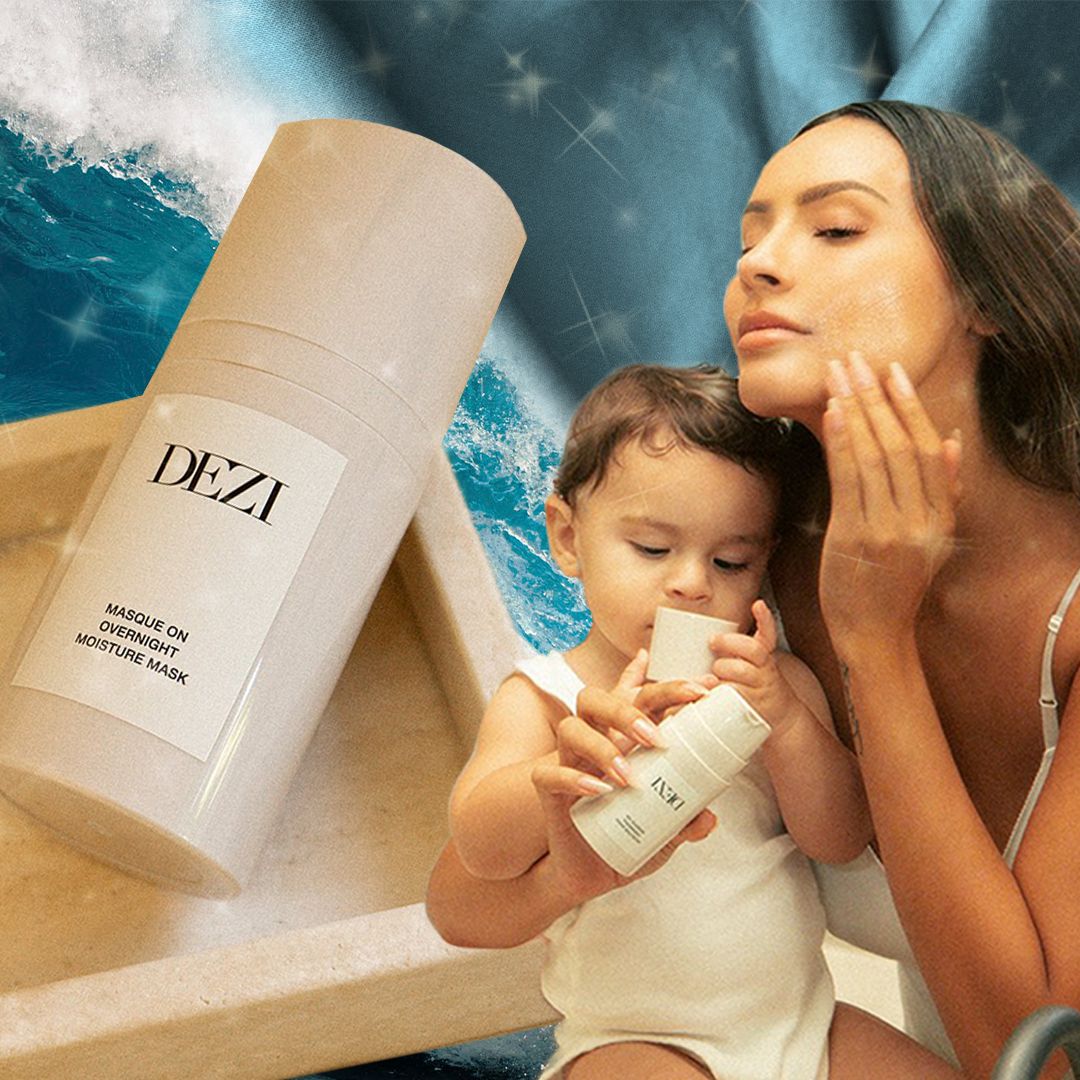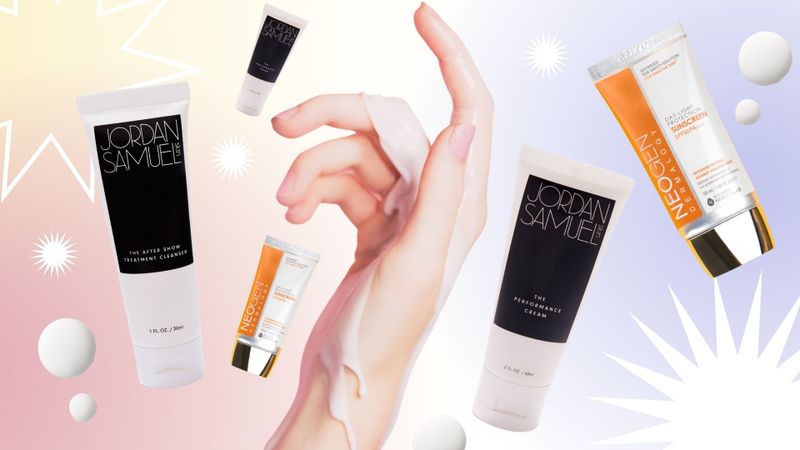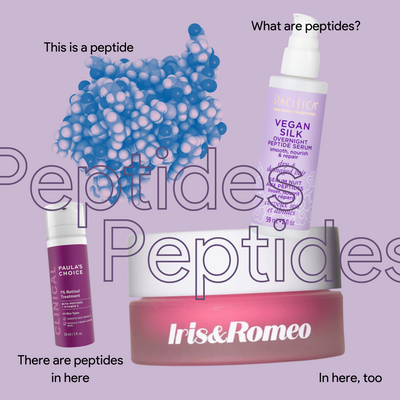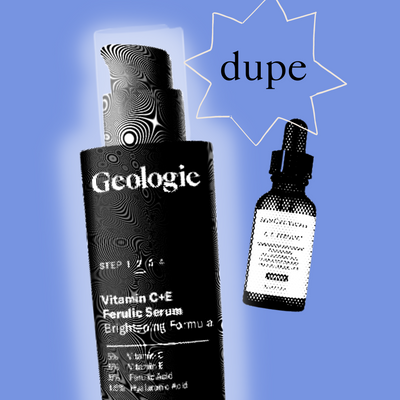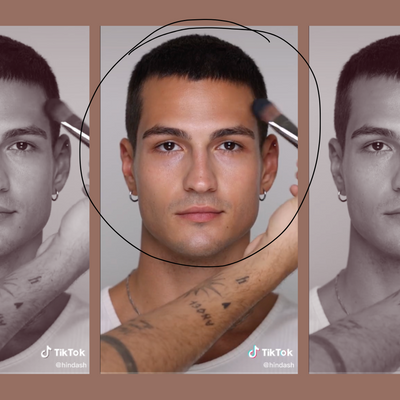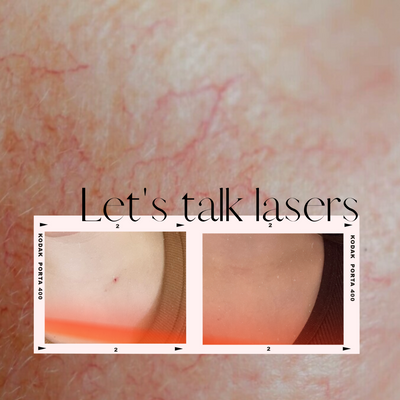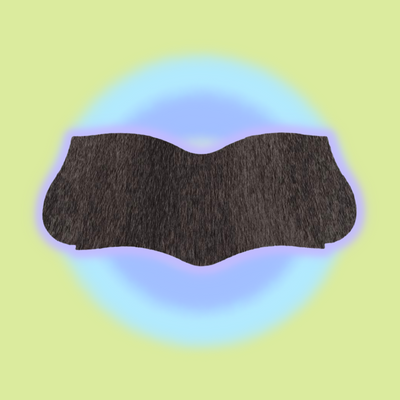Korean skincare has undeniably changed how Americans view their skincare routine.
Korean skincare made its mark in the U.S. with the help of widely known Korean skincare curation brands like Soko Glam, Peach and Lily, Glow Recipe, and the list goes on. Charlotte Cho, founder and CEO of Soko Glam, even coined the term “10-step Korean skincare routine,” to help to describe the intricate routines people in South Korea used during their night and daytime routines.
But with this new method came confusion and backlash. Many American consumers wrestled with the idea of using ten skincare products in their routine each night. It became too irritating for their skin, or too time-consuming. As we approached the 2020’s, the 10-step skincare craze started to fall from the spotlight and skincare minimalism, or “skip-care” took its place.
Although U.S. consumers have just begun to question the 10-step routine, South Korean’s have always been practicing skincare minimalism. The problem lies in the misinterpretation of the 10-step routine and how it is really supposed to be executed.
We spoke to team members from Soko Glam as well as esthetician and founder of Jordan Samuel Skin, Jordan Samuel Pacitti, about the truth behind the 10-step skincare routine and how skincare minimalism is beginning to play a large role in American skincare culture.
First things first. What is the 10-step Korean skincare routine?
The 10-step Korean skincare routine consists of 10 different skincare products, layered in a specific order, usually depending on the thickness of the product.
“The first step is cleansing with an oil, followed by cleansing with water/gel/cream-based cleanser. K-Beauty strongly believes in the transformative power of double cleansing. After this comes exfoliating, toning, and applying essences. Next comes the fun part: masking! After you’ve had your fair share of fun, it’s time to apply eye cream, moisturizer, and most importantly: sunscreen,” explains a rep from Soko Glam.
Although all of these products make up the 10-step routine, it is not necessary to use all of these products every day and night. It is common for some Western-based consumers to believe you must complete all ten steps of the routine every morning and night. Soko Glam explains that the 10-step routine is not about having more products than you can count, but about having the right products for each individual’s skin type and skin concern. You can choose from the 10 options to build your own, personal routine.
Koreans don’t use all 10 steps.
Skincare culture in Korea is vastly different from the culture in America. From a young age, skincare is used and seen as a crucial aspect of self-care and hygiene. Similar to how Americans visit the orthodontist for frequent check-ups and braces, Koreans will visit the dermatologist for similar check-up and maintenance purposes.
Basically, skincare is no joke in Korea. Although the 10-step routine is popular in Korea, Koreans are purposeful with their products and only apply treatments when necessary. “This means they don’t use all the products they have at once – only when their skin calls for it,” says Soko Glam.
Less is always more.
With the use of 10 or more products in a skincare routine, it is easy for the skin to become sensitized or irritated. Jordan, the founder of Jordan Samuel Skin, explains that we only really need to cleanse our skin and protect it from the sun, but beyond that, our skin needs very little. There is no harm done in adding on product to the skin, but as Jordan explains, we should start with our skincare building blocks first (cleansing and sun protection) and then slowly build out from there.
The use of 10-steps not only impacts the sensitivity levels of our skin, but plays a role in over-consumption and environmental impact. It is common to have FOMO when watching influencers or friends purchase new skincare products, but this FOMO can cause something Jordan describes as “blind purchasing.”
Blind purchasing occurs when purchasing a product without fully understanding what purpose it serves for the skin. “If you do not know the purpose of something you purchased and it doesn’t have a place in your routine, for your skin, it should just be taken out,” says Jordan.
The key to skincare minimalism, or “skip-care,” is to decrease the amount of blind purchasing that occurs in day-to-day life. Skincare should be seen similarly to how it is treated in Korea: purposeful. It can be difficult to hold yourself back from purchasing that new serum or celebrity skincare line, but Jordan shares his method for controlling the size of his skincare stash by only purchasing when something needs to be replenished. Wait until a product is soon to be finished until you purchase another product of the same category.
The 10-step skincare routine is a great way to provide variety to your routine, but is not always the best sustainability practice, especially when you truly don’t need those steps.
Skip-care is the new 10-step routine.
Similar to how sustainability aids in lowering environmental impact, it also helps to lower sensitivity and irritation from skincare products. Keeping skincare simple and narrowing your routine down to four or five steps allows the skin to breathe and prevents the possibility of developing ingredient sensitivities.
Keeping skincare simple can help to lessen confusion with regard to the order of application, but luckily, Soko Glam offers 1:1 consultations with experts through their Skin Concierge to help resolve any skincare routine confusion.
So how do you begin? Below we curated a simple skincare routine with the essential building blocks needed to begin your modern Korean-inspired skincare routine journey.
1. Jordan Samuel Skin’s The After Show Treatment Cleanser
If you are a fan of the Korean double cleansing method, this cleanser is a great, condensed, 2-in-1 option. This gel to oil formulation removes oil-based impurities with the help of ingredients such as olive oil and jojoba seed oil, but lightly exfoliates the skin with the help of willow bark extract.
2. Jordan Samuel Skin’s The Performance Cream
A light-weight moisturizer, infused with three different types of peptides, ultimately helping to reduce dehydration and plump the skin. The light-weight texture of the cream makes the product breathable and buildable.
3. Neogen Day-Light Protection Sun Screen SPF 50/ PA+++
Korean chemical sunscreens are the way to go to avoid white cast without the common sensitizing effects of chemical sunscreens. Neogen provides a light-weight, broad spectrum sunscreen that combines both chemical and mineral sunscreen ingredients to create a protective and hydrating sunscreen powerhouse.
READ MORE LIKE THIS
